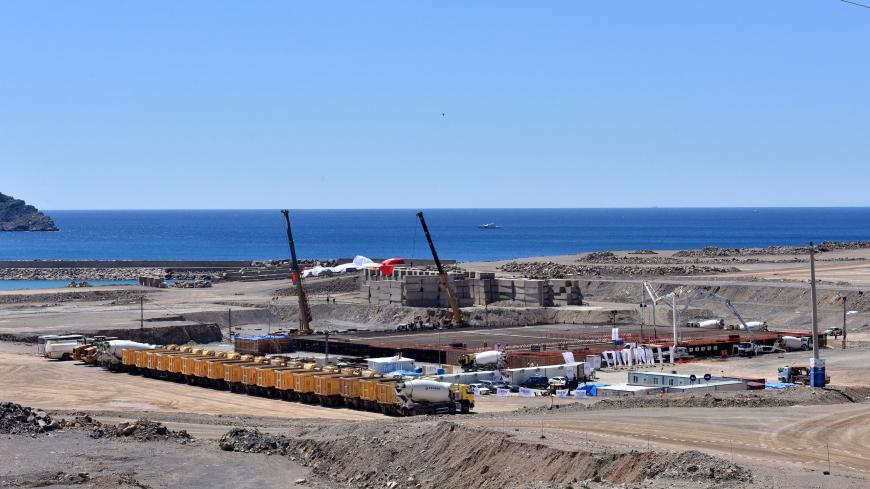Turkey’s energy miscalculations have hefty cost
More than a third of Turkey’s installed power capacity remains idle after an ill-calculated rush for energy that has had a hefty financial and environmental cost.

After a drastic expansion in recent years, Turkey’s power-producing sector is in dire straits, hit by a falling energy demand in the ailing economy. Atop the financial woes, the rush for energy — driven by overly optimistic projections on economic growth — has left major environmental scars, with numerous hydropower projects wreaking havoc on river basins, and coal plants operating without filters have come to threaten human health. The toll also includes historical and cultural heritage such as the unique town of Hasankeyf, which is now submerged due to a large dam on the Tigris River.
Turkey, whose gross domestic product is in the region of $750 billion-$800 billion, has an energy consumption of about 145 million TOE (ton of oil equivalent) per year. Three-fourths of the country’s energy needs are met through imports, the bill of which has fluctuated around $43 billion in recent years, depending on the pace of economic growth and global energy prices. Energy products account for more than 20% of Turkey’s imports, with Russia and Iran standing out as the country’s main suppliers of natural gas and oil.
Subscribe for unlimited access
All news, events, memos, reports, and analysis, and access all 10 of our newsletters. Learn more
Continue reading this article for free
Access 1 free article per month when you sign up. Learn more.
By signing up, you agree to Al-Monitor’s Terms and Conditions and Privacy Policy. Already have an account? Log in







